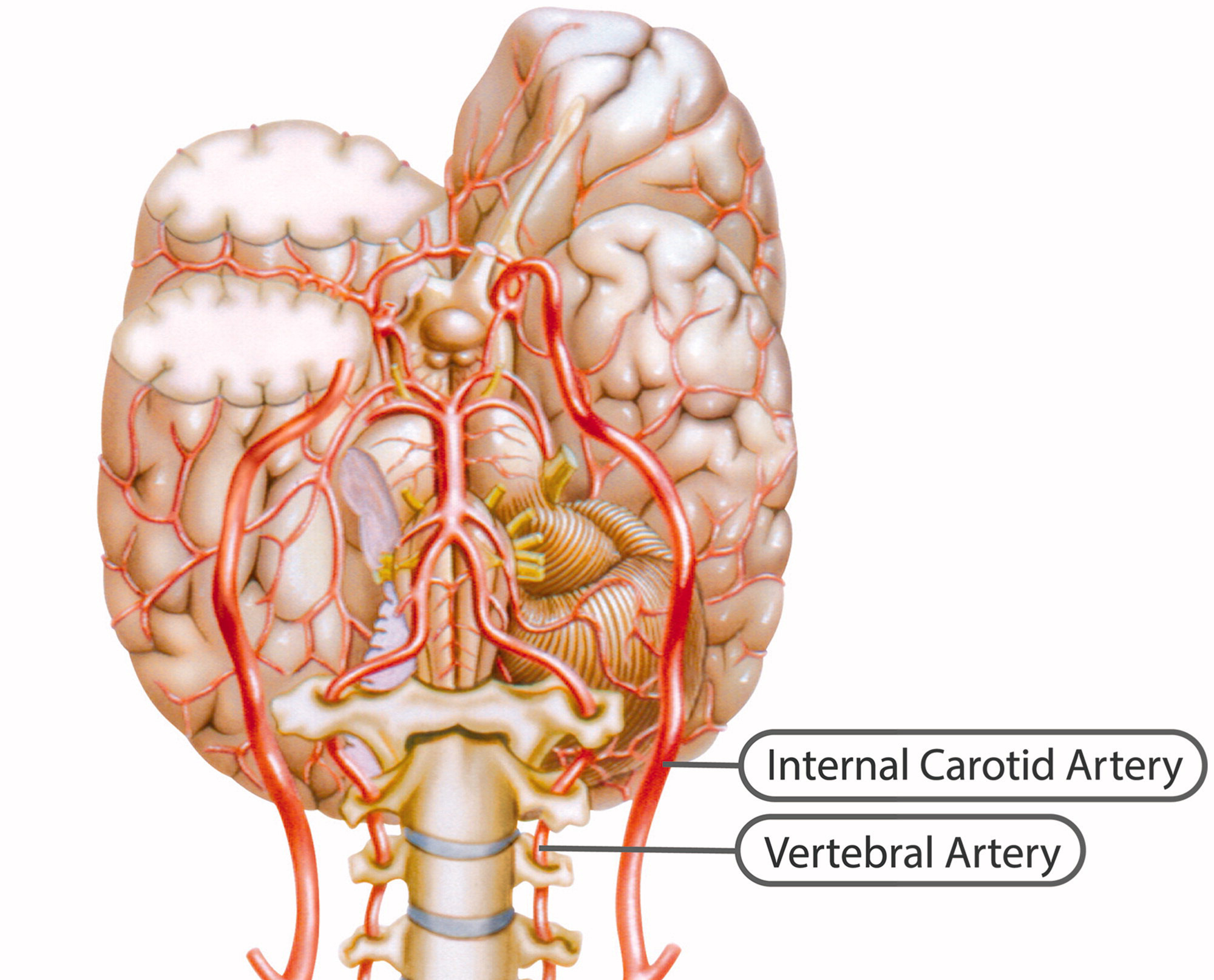Systematic Review and Meta-analysis of Chiropractic Care and Cervical Artery Dissection:
No Evidence for Causation
SOURCE: Cureus 2016 (Feb 16); 8 (2): e498
Ephraim W. Church, MD, Emily P. Sieg, MD,
Omar Zalatimo, MD, Namath S. Hussain, MD,
Michael Glantz, MD, Robert E. Harbaugh, MD
Department of Neurosurgery,
Penn State Hershey Medical Center
BACKGROUND: Case reports and case control studies have suggested an association between chiropractic neck manipulation and cervical artery dissection (CAD), but a causal relationship has not been established. We evaluated the evidence related to this topic by performing a systematic review and meta-analysis of published data on chiropractic manipulation and CAD.
METHODS: Search terms were entered into standard search engines in a systematic fashion. The articles were reviewed by study authors, graded independently for class of evidence, and combined in a meta-analysis. The total body of evidence was evaluated according to GRADE criteria.
RESULTS: Our search yielded 253 articles. We identified two class II and four class III studies. There were no discrepancies among article ratings (i.e., kappa=1). The meta-analysis revealed a small association between chiropractic care and dissection (OR 1.74, 95% CI 1.26-2.41). The quality of the body of evidence according to GRADE criteria was “very low.”
There are more articles like this @ our:
CONCLUSIONS: The quality of the published literature on the relationship between chiropractic manipulation and CAD is very low. Our analysis shows a small association between chiropractic neck manipulation and cervical artery dissection. This relationship may be explained by the high risk of bias and confounding in the available studies, and in particular by the known association of neck pain with CAD and with chiropractic manipulation. There is no convincing evidence to support a causal link between chiropractic manipulation and CAD. Belief in a causal link may have significant negative consequences such as numerous episodes of litigation.
KEYWORDS: cervical artery dissection; cervical manipulation; cervical spine manipulative therapy; chiropractic manipulation; internal carotid artery dissection; vertebral atery dissection
From the FULL TEXT Article:
Introduction
Neck pain is a common complaint in physicians’ and chiropractors’ offices. Data from the Centers for Disease Control and from national surveys document 10.2 million ambulatory care visits for a neck problem in 2001 and 2002. By comparison, there were 11 million office-based visits for ischemic heart disease. [1] Many patients with neck pain seek chiropractic care and undergo cervical manipulation. As many as 12% of North Americans receive chiropractic care every year, and a majority of these are treated with spinal manipulation. [2]
In contrast to the frequency of neck pain and chiropractic treatments, spontaneous cervical artery dissection (CAD) is rare. The annual incidence of internal carotid artery dissection has been estimated at 2.5–3 per 100,000 patients and that of vertebral artery dissection at 1–1.5 per 100,000. [3] Stroke occurs in a small proportion of those with CAD, and its true incidence is difficult to estimate. Overall, dissection accounts for two percent of all ischemic strokes. [4]
Case reports and case series of cervical dissection following manipulation have been published. Despite their rarity, these cases are frequently publicized for several reasons. Patients are often young and otherwise in good health. Dissection accounts for 10–25% of ischemic strokes in young and middle aged patients. [4] If dissection is caused by cervical manipulation it is potentially a preventable condition. Recent reports, including case control studies, have suggested an association between chiropractic neck manipulation and cervical dissection. [5–10] Notably, a recent study from the American Heart Association evaluated the available evidence and concluded such an association exists. [11] This report did not include a meta-analysis, nor did it seek to classify studies and grade the body of evidence. We sought to examine the strength of evidence related to this question by performing a systematic review, meta-analysis, and evaluation of the body of evidence as a whole.
SOURCE: Read the rest of this Full Text article now!



Leave A Comment